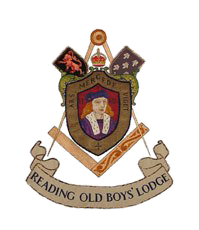Basic Freemasonry consists of the three 'Craft' degrees (Entered Apprentice, Fellow Craft and Master Mason) completed by the Royal Arch degree (Chapter). There are many other Masonic degrees and Orders which are called 'additional' because they add to the basis of the Craft and Royal Arch. They are not basic to Freemasonry but add to it by further expounding and illustrating the principles stated in the Craft and Royal Arch. Some of these additional degrees are numerically superior to the third degree but this does not affect the fact that they are additional to and not in anyway superior to or higher than the Craft. The ranks that these additional degrees carry have no standing with the Craft or Royal Arch.
We are not, but lodge meetings, like those of many other groups, are private and open only to members. The rules and aims of Freemasonry are available to the public. Meeting places are known and in many areas are used by the local community for activities other than Freemasonry. Members are encouraged to speak openly about Freemasonry.
It varies from lodge to lodge but anyone wishing to join can find a lodge to suit his pocket. On entry, there is an initiation fee and an apron to buy. A member pays an annual subscription to his lodge which covers his membership and the administrative cost of running the lodge. It is usual to have a meal after the meeting; the cost of this can be included either in the annual subscription or paid for at the time. It is entirely up to the individual member what he gives to Charity, but it should always be without detriment to his other responsibilities. Similarly, he may join as many lodges as his time and pocket can allow as long as it does not adversely affect his family life and responsibilities.
